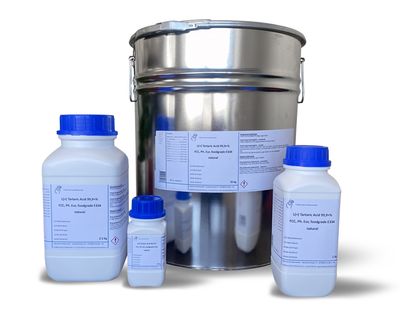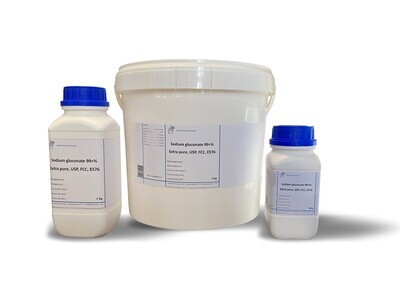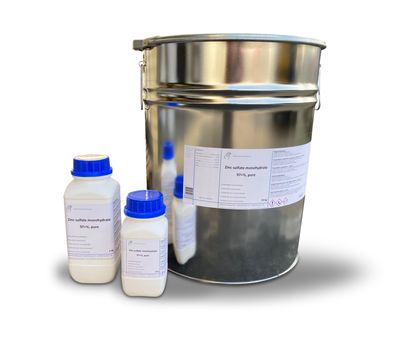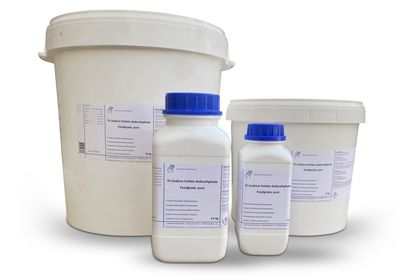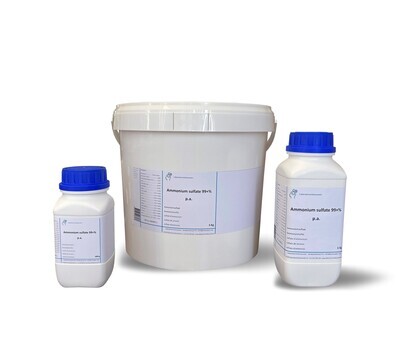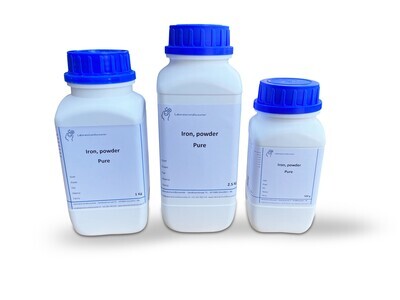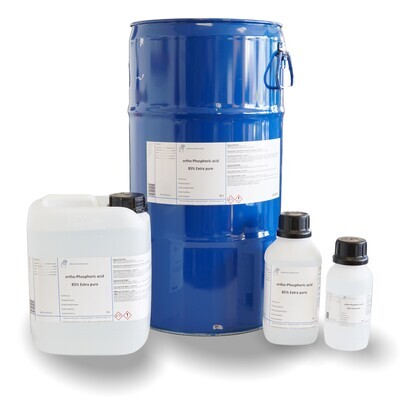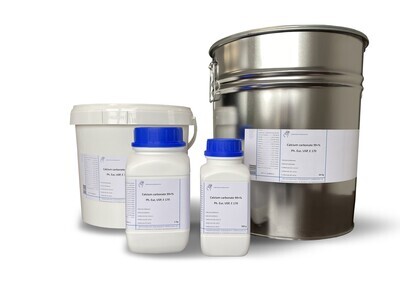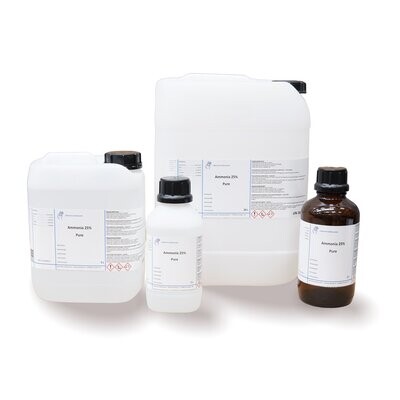Verzending 24–48 u • Levering in de hele EU • Veilige chemieverpakking
Sodium salicylate 99.5+% 1 g
SKU 007090
€ 98,01
In stock
1
Save this product for later
Sodium salicylate 99.5+% 1 g
Product Details
CAS number: 54-21-7
Chemical formulas: NaC7H5O3/ F.W. 160.11
Cation: Na
Packaging: 1 g
EAN: 8721028252081
Brand: Laboratoriumdiscounter
Sodium salicylate is a sodium salt of salicylic acid, commonly used as a pain reliever and anti-inflammatory medication. It is also used in the treatment of rheumatic fever and Kawasaki disease.
When working with Sodium salicylate, it is important to follow these safety instructions: 1. Personal Protective Equipment (PPE): Always wear appropriate PPE, including gloves, safety goggles, and a lab coat or protective clothing, to protect your skin and eyes from potential contact with Sodium salicylate. 2. Ventilation: Ensure that you are working in a well-ventilated area or under a fume hood to prevent the inhalation of any fumes or vapors that may be released during handling. 3. Handling: Use caution when handling Sodium salicylate. Avoid any direct contact with your skin or eyes. In case of accidental contact, immediately rinse the affected area with plenty of water for at least 15 minutes and seek medical attention if necessary. 4. Storage: Store Sodium salicylate in a cool, dry, and well-ventilated area, away from any sources of heat or ignition. Keep the container tightly closed when not in use. 5. Spills: In the event of a spill, carefully contain the spill using appropriate absorbent materials, such as sand or vermiculite. Avoid creating dust or spreading the spill further. Dispose of the contaminated materials according to local regulations. 6. Fire hazards: Sodium salicylate is not flammable, but it may release toxic fumes when exposed to high temperatures or open flames. Keep it away from any potential sources of ignition. 7. Chemical compatibility: Avoid mixing Sodium salicylate with incompatible substances, such as strong acids or oxidizing agents, as it may result in hazardous reactions. Always consult the Safety Data Sheet (SDS) for specific information on chemical compatibility. 8. Emergency procedures: Familiarize yourself with the emergency procedures and the location of safety equipment, such as eyewash stations and fire extinguishers, in case of accidents or spills. 9. Disposal: Dispose of Sodium salicylate and any contaminated materials in accordance with local regulations and guidelines. Do not pour it down the drain or dispose of it in regular trash bins. 10. Training: Ensure that you have received proper training on the safe handling and use of Sodium salicylate before working with it. Follow all instructions provided by your supervisor or safety officer. Remember, these safety instructions are general guidelines, and it is essential to consult the specific Safety Data Sheet (SDS) and follow any additional safety precautions provided by the manufacturer.
Please note, not all safety data for this product is available on our website, for a complete list of P en H sentences and other safety instructions please request the MSDS at our customer service
You May Also Like
End user declaration required
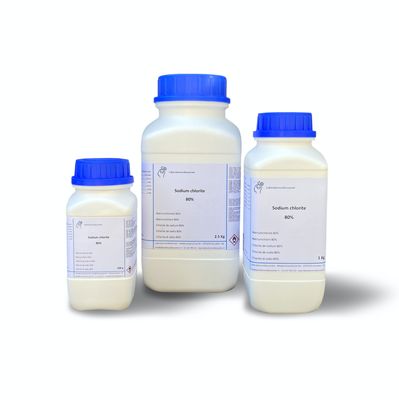
Sodium chlorite 80% 20 Kilogram
Sodium chlorite 80% 20 Kilogram
Only for registered companies
SKU 9374.2.6
€ 524,37
End user declaration required
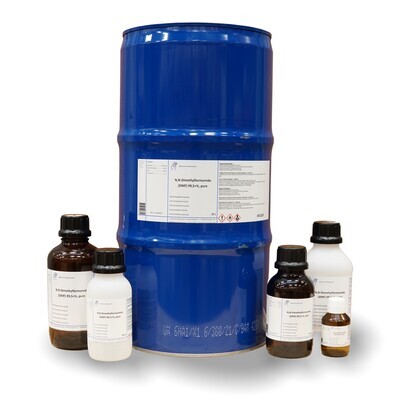
Dimethylformamide (DMF) 99.5 +%, pure 5 Liter
Dimethylformamide (DMF) 99.5 +%, pure 5 Liter
Only for registered companies
SKU DMF34.2
€ 59,74
Display prices in:EUR

